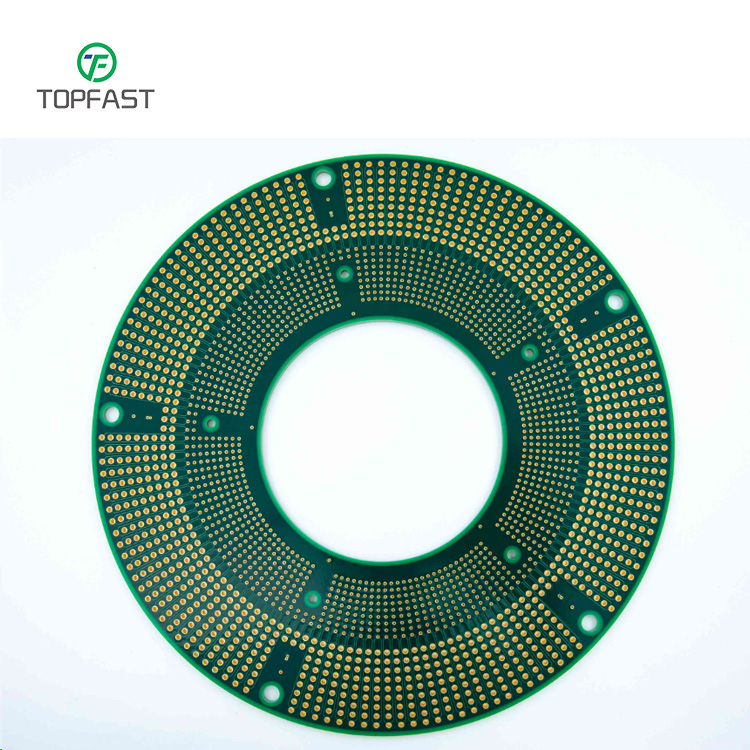With rising global environmental consciousness, the PCB industry is embracing a profound shift toward sustainability. Stringent regulations and evolving market demands are accelerating the adoption of eco-friendly practices, making green manufacturing an irreversible trend in printed circuit board production.
Sustainable Materials Redefining Industry Standards

- Halogen-free substrates: Enhancing product reliability while reducing environmental impact
- Non-toxic chemical alternatives: Minimizing hazardous emissions
- Energy-efficient production equipment: Cutting power consumption by up to 30%
Eco-Conscious Manufacturing Processes
- Closed-loop water treatment: Reducing wastewater discharge by 40-50%
- Waste recycling systems: Achieving >90% material recovery rates
- AI-driven smart manufacturing: Optimizing material usage and minimizing scrap
Market Forces Accelerating Green Innovation
- 15-20% annual growth in demand for sustainable PCBs
- Eco-certifications (e.g., UL Ecologo, IPC-1401) becoming key purchasing criteria
- Major OEMs prioritizing carbon-neutral PCB suppliers
Policy & Industry Collaboration
- Government incentives for renewable energy adoption
- IPC & IEC developing unified sustainability standards
- Cross-industry alliances sharing breakthroughs in green tech
The Road Ahead: Next-Gen Sustainable Solutions
- Biodegradable substrate R&D gaining momentum
- Zero-liquid-discharge (ZLD) systems nearing commercialization
- Blockchain-enabled carbon tracking emerging as industry norm
Market Projections & Outlook:
The global sustainable PCB market is forecast to surpass $20B by 2025, with CAGR of 18% (2022-2030). While cost and technical hurdles remain, forward-thinking manufacturers are leveraging circular economy principles and digital transformation to establish competitive advantages.
Conclusion: The PCB industry’s green transition represents both a regulatory necessity and a strategic opportunity. Companies investing in clean technologies and transparent sustainability reporting will lead the next era of electronics manufacturing.